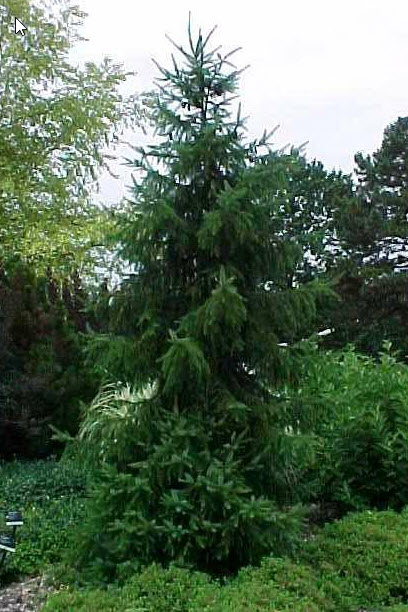Click below to listen to my 2 min. Garden Bite radio show: Plant this not that – take 2
Audio PlayerSo often folks find a tree they like and then everyone plants it and then that’s all you see. And then they get taken out by disease and our boulevards are naked. Planting diverse species is the best way to protect them all.
This is plant this not that take 2…
To quote Faith Applequist of Treequality, “Japanese tree lilacs are a one-season wonder”. Her laundry list of negatives includes poor fall color, borers, leaf blights, wilts, and powdery mildew. The flower heads produce copious amounts of seeds that create baby lilacs everywhere. UPDATE: So I spoke with my friends Leif and Deb Knecht of Knecht’s Nursery, Leif is a tree expert, and disagrees with Faith’s assessment of the Japanese tree lilac. He says it’s a beautiful tree that fits in nicely and he’s had decades of success. Deb added that there are no suckers like old fashioned lilacs! Hers is over 20 years old. Bottom line, if you really like the Japanese lilac, then plant it, in the right spot and with the best care of planting trees.
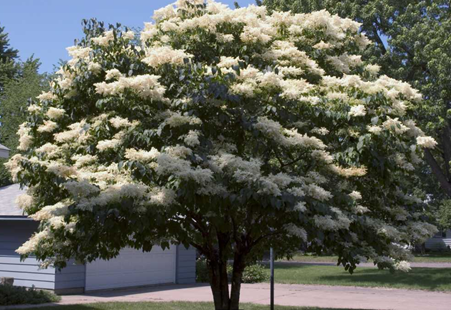
Her suggestion, plant Showy Mountain Ash. It is native to the Great Lakes region and Iowa as well as northeast. It’s got a lovely fall color too. The native variety can vary in height from 20 to 40 ft, according to Minnesota Wildflowers.
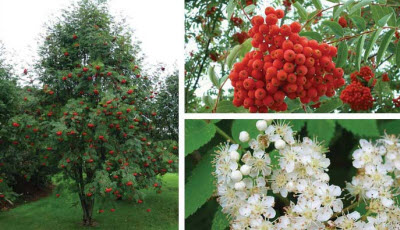
However, purchased at a nursery, most are listing the mature height at 20 to 25 ft.

Most folks, I hope, know not to plant Black Walnut. It’s not just the toxic juglone it produces but the nuts are planted everywhere by squirrels and the trees are very messy in the spring.
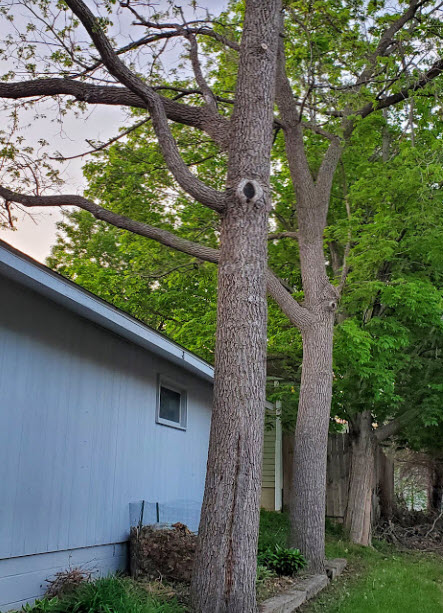
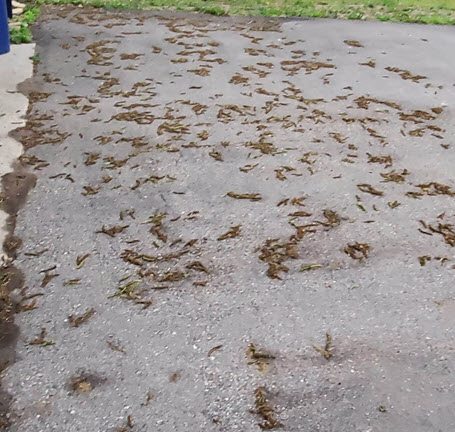
And then there’s the walnuts…
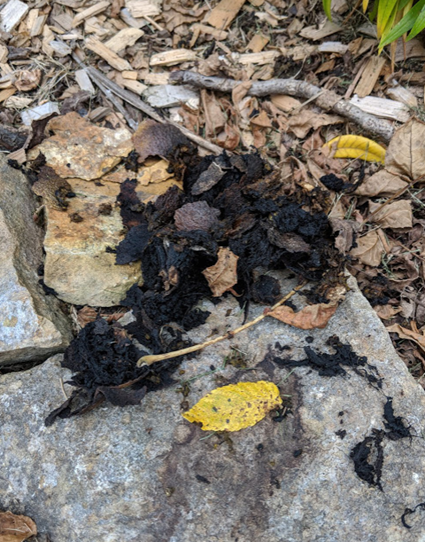
I forgot to take a picture of all the baby black walnut trees! I was too busy pulling the little s&%ts out of my gardens! I added the below photo late!!
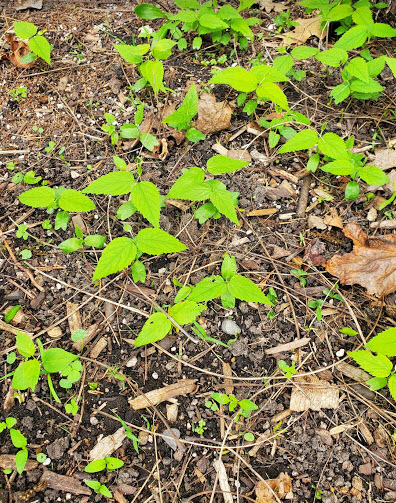
Plant the native Kentucky Coffee tree instead.
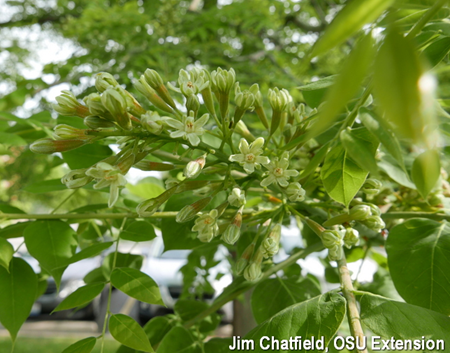

It’s a slow to moderate grower with a height of 60 to 75 ft. A great shade tree with fragrant Spring flowers. Clink on this LINK for some great photos of the tree, the flowers, the pods and more from Ohio State University.
And a tree that has been planted nearly everywhere is the Colorado Blue Spruce. Faith says Colorado Blue Spruce should be left in Colorado. She added that the beautiful blue/green foliage just won’t last here and if you take a drive around neighborhoods you’ll see how many have lost all the needles on the bottom branches.
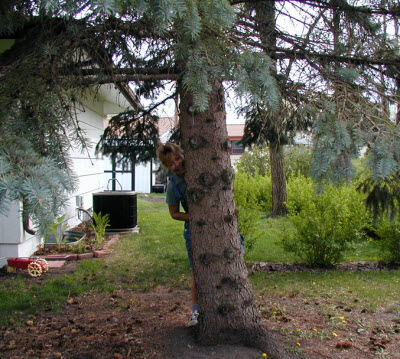
They’re then cut off and the tree just continues to defoliate. Intolerant to shade, wet soils, heat, pollution, or high humidity. The branches of the Colorado Blue Spruce below had to be removed as they were dead. The tree was also planted way too close to the house and branches overhung on the house.
Plant Serbian Spruce instead.
